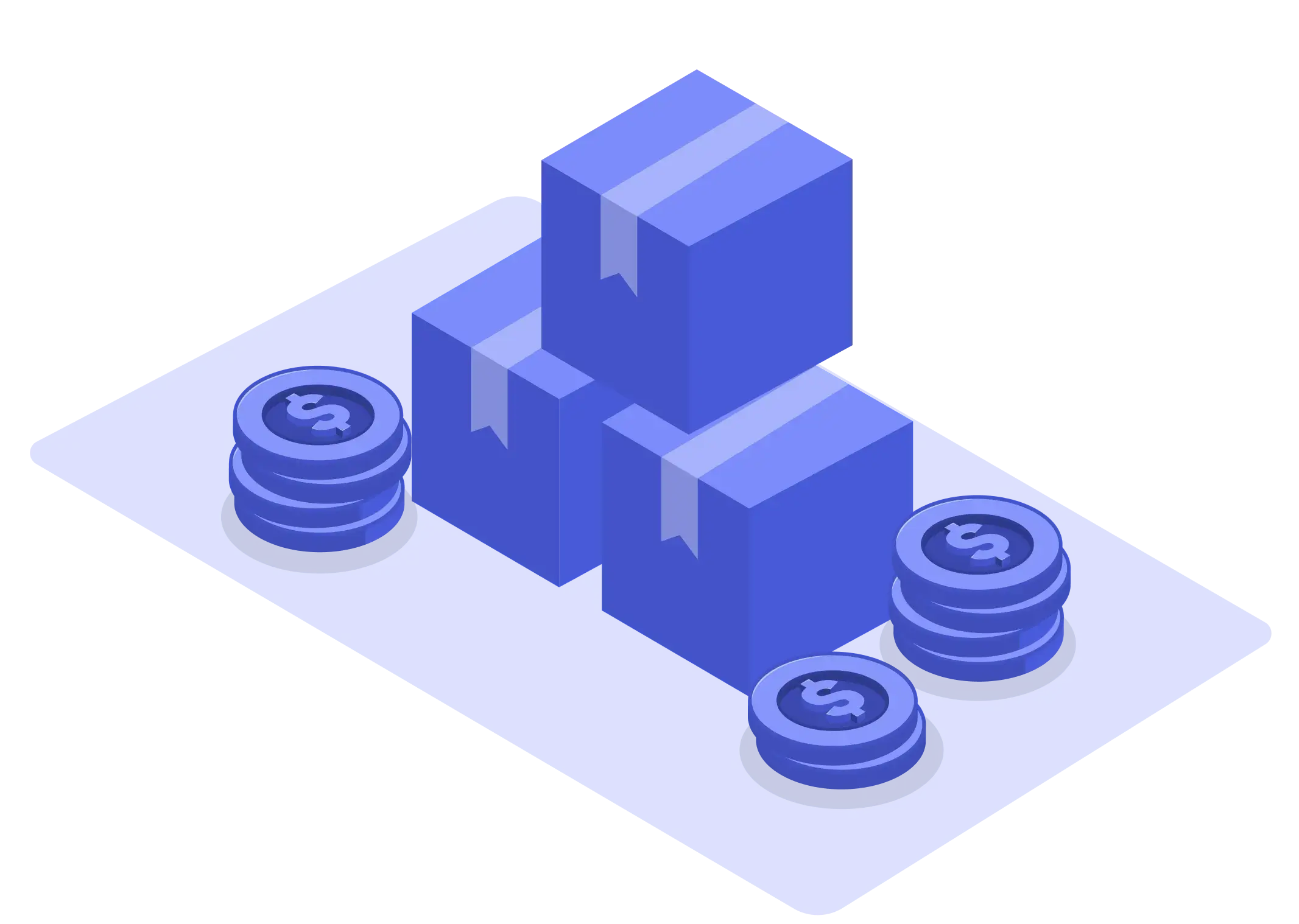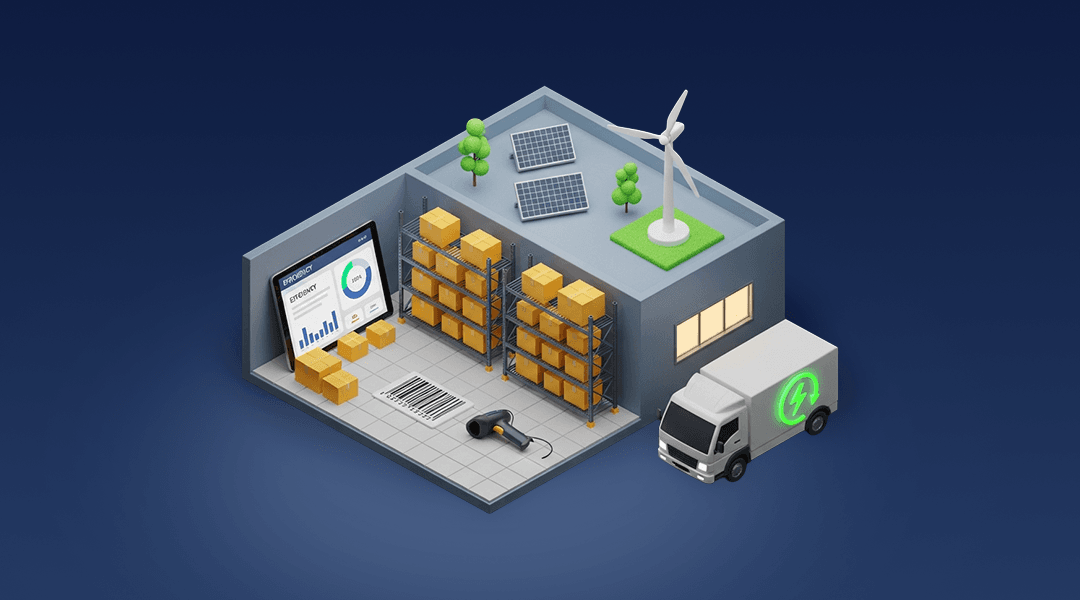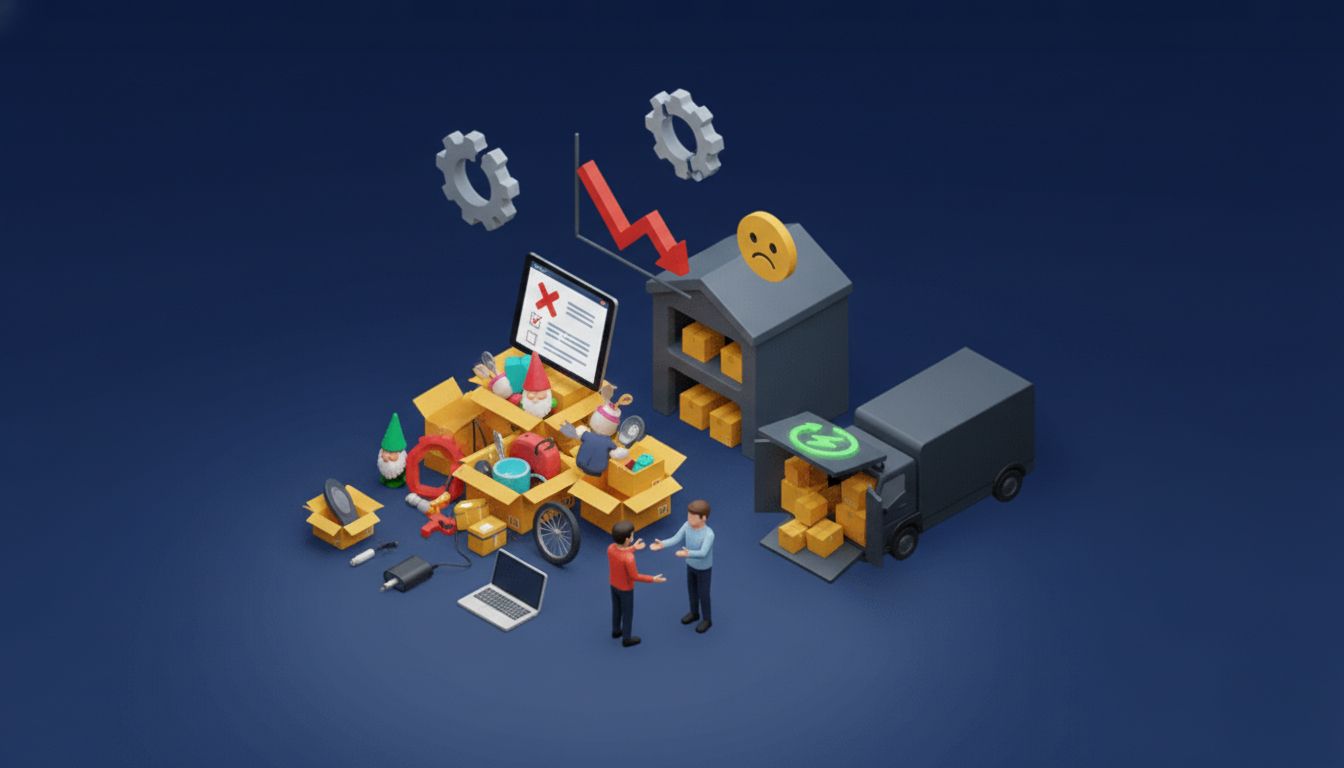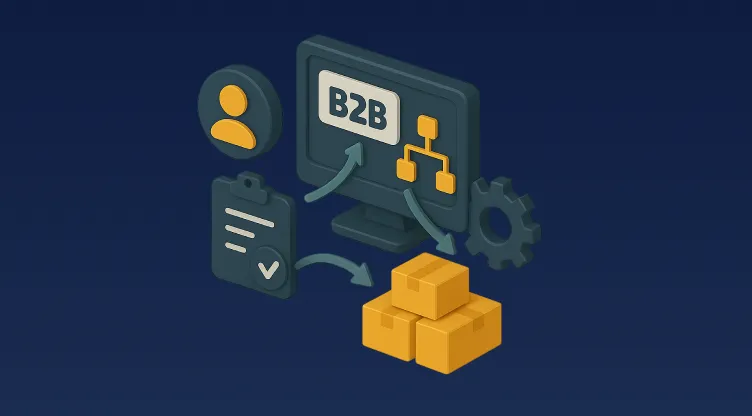Transforming Logistics in MENA: Real-Time TMS Carrier Updates for Delivery Success
Table of Contents
Quick Bytes Before You Scroll
- Real-time tracking improves accuracy and coordination across fleets and supply chain nodes.
- Predictive ETAs enable faster response to delays, traffic changes, or route disruptions.
- Proactive notifications reduce dependency on customer support and manual intervention.
- Modern TMS systems unify logistics data, helping both in-house and 3PL operators enhance service delivery.
- MENA-based logistics teams can achieve faster fulfilment, higher SLA adherence, and better customer satisfaction using automated transportation management tools.
Logistics Today is All About Visibility — Not Just Speed
Transporting goods quickly is no longer the only metric that defines a strong logistics operation. In an ecosystem driven by real-time expectations and eCommerce growth, visibility has become just as important as velocity.
Whether you’re a fulfilment centre in Riyadh, a 3PL operator in Dubai, or a regional courier in Cairo, understanding where a package is and when it will arrive is crucial. Yet, many logistics teams still rely on outdated systems that only reflect partial data—and often, too late to act on.
That’s where real-time Transportation Management Systems (TMS) come into play.
By connecting every part of the delivery process through live tracking, estimated delivery windows, and smart alerts, TMS systems have moved from being backend tools to becoming the frontline drivers of performance.
What is a TMS System? A Quick Refresher
A Transportation Management System (TMS) is a digital platform that helps companies organise, monitor, and streamline their logistics operations. It’s used to plan routes, assign deliveries, manage driver workloads, and now—most importantly—deliver real-time updates across the entire supply chain.
Unlike traditional delivery software that only captures start and end events, modern TMS solutions offer continuous tracking, updating stakeholders on location, status, and time estimates every step of the way.
From first-mile pickups in distribution hubs to final-mile drops at customer homes, a robust TMS acts as the control tower of logistics.
The Real-Time Revolution in Transport Management
Why Do Real-Time Carrier Updates Matter?
Imagine this: A customer in Jeddah is waiting for a same-day delivery of pharmaceuticals. The vehicle is delayed in traffic due to a local event. Without real-time updates, the system would still show "On the Way"—leaving the customer frustrated and the business at risk of a negative review.
With a live TMS system, the platform detects the delay, recalculates the ETA, and sends an alert to both the delivery manager and the customer. Expectations are reset, and trust remains intact.
This scenario is not hypothetical—it's fast becoming the minimum standard in smart logistics.
From Guesswork to Ground Truth
Legacy systems often operate on static inputs. A shipment is either “dispatched” or “delivered”—with very little known about what happens in between. This lack of detail has real consequences, including:
- Missed deliveries and re-routing costs
- Customer support overload
- Inaccurate delivery promises
- Breakdown in cross-team coordination
TMS systems equipped with live tracking, proactive alerts, and predictive ETAs remove the ambiguity from delivery operations. Every route change, stop, and delay is logged and shared in real time—giving supply chain teams the power to respond rather than react.
Key Features That Make TMS Real-Time Updates a Must-Have
Live Fleet Tracking
Modern TMS platforms map every active delivery vehicle on a digital dashboard. Teams can zoom in on specific geographies, filter by delivery zones, or focus on high-priority orders.
In high-density cities like Dubai or Doha, this ensures better control over fleets and enables proactive decisions during rush hours, accidents, or roadblocks.
Intelligent ETA Forecasting
TMS software uses traffic feeds, driver behaviour, and route history to estimate when packages will arrive—not just in terms of date, but down to the hour or minute.
This is invaluable for service-level agreements (SLAs) or time-bound deliveries in categories like grocery, pharma, or perishable goods.
Automated Alerts and Notifications
TMS platforms can be configured to notify stakeholders when:
- Deliveries are running late
- Drivers deviate from approved routes
- Customers are unreachable
- Vehicles arrive at or leave geo-marked locations
This reduces the need for call centre intervention and improves internal coordination.
3PL Meaning in the Age of Transparency
3PL stands for Third-Party Logistics, a term used when businesses outsource their delivery, storage, or fulfilment processes to external service providers.
In the MENA region, 3PL adoption has surged with the growth of regional eCommerce. However, the relationship between a brand and its 3PL provider hinges on one factor: transparency.
If your logistics partner can’t tell you where an item is or why it hasn’t arrived, that’s no longer acceptable. Real-time TMS updates help 3PLs:
- Offer branded tracking portals to clients
- Provide delivery timestamp logs
- Trigger alerts before SLAs are breached
- Reduce escalations from customer care teams
This allows 3PL companies to move beyond being delivery agents and become strategic supply chain partners.
MENA Logistics: Why Real-Time TMS is Crucial in This Region
From cross-border shipments to hyperlocal couriering, the Middle East and North Africa (MENA) region has a unique logistics environment. Challenges like urban congestion, inconsistent infrastructure, and varied delivery regulations demand adaptive, intelligent, and localised technology.
Here’s how real-time TMS technology benefits logistics in this landscape:
Urban Density in Gulf Cities
Cities like Riyadh, Jeddah, and Abu Dhabi face tight delivery windows due to consumer expectations. A real-time TMS allows brands to manage fluctuating ETAs and reroute deliveries without compromising timelines.
Cross-Border Coordination
In areas like UAE-KSA-Bahrain corridors, real-time systems ensure customs updates, driver location changes, and fleet data are shared across platforms—minimising delays at checkpoints.
Dark Stores and Hyperlocal Fulfilment
Q-commerce models, popular in GCC cities, depend on ultra-rapid fulfilment. Real-time route optimisation, combined with trip clustering, ensures drivers make the most of every delivery run.
Omniful’s Take: How Our TMS Delivers Real-Time Efficiency
At Omniful, our Transportation Management System is designed to serve regional logistics operators, 3PL businesses, and high-volume eCommerce brands.
Our system includes:
- Live package tracking from warehouse to doorstep
- Driver location monitoring for real-time fleet oversight
- Delivery zone mapping to streamline urban route allocation
- Trip clustering to maximise load efficiency
- API-ready integration with sales channels like Salla and Zid
- Broadcasting alerts for customer and operations team coordination
From food delivery to fashion fulfilment, Omniful’s TMS is trusted across the region for delivering clarity, not complexity.
Real Business Outcomes from Real-Time TMS
Switching to a TMS with real-time updates isn’t just about tech—it’s about tangible benefits:
Performance Gains
- Reduce failed delivery attempts by pre-empting delays
- Lower operational overhead by cutting manual tracking work
- Increase delivery throughput by optimising driver routes
Financial Benefits
- Minimise fuel usage and time on road with smarter routing
- Avoid penalties from missed SLAs
- Lower returns and refund costs through better customer experience
Customer Experience Uplift
- Deliver on promises with accurate arrival windows
- Offer self-service tracking links to reduce support requests
- Build trust with transparency
FAQs: Everything You Need to Know About TMS Real-Time Updates
What industries benefit most from real-time TMS updates?
Retail, pharmaceuticals, food delivery, and any sector that relies on tight delivery windows.
Is real-time tracking expensive to implement?
Not anymore. Cloud-native TMS solutions like Omniful offer affordable pricing for businesses of all sizes.
Can TMS work for both first-mile and last-mile?
Yes. Omniful’s platform supports end-to-end visibility from supplier pickups to final doorstep delivery.
Do I need in-house tech support to set up a TMS?
No. Our solution is plug-and-play, with onboarding completed in days—not months.
What’s the 3PL meaning in a digital logistics environment?
Third-Party Logistics now goes beyond delivery—it’s about offering visibility, reliability, and data-backed performance.
Ready to Drive Real-Time Excellence?
Whether you're delivering to a skyscraper in Dubai or coordinating returns from a village in northern Egypt, the ability to see and act in real-time defines tomorrow’s logistics leaders.
If your fleet is still operating in the dark, it's time to switch on the lights.
Request your demo of Omniful’s TMS today and experience the difference that real-time data can make in your delivery ecosystem.























